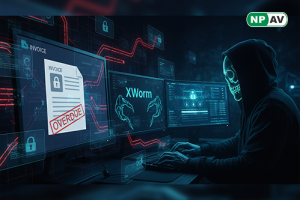Casio Confirms Data Breach in Ransomware Attack: Sensitive Information Stolen

Casio, the renowned Japanese tech company, has confirmed that a ransomware attack earlier this month compromised personal and confidential data of employees, job candidates, business partners, and some customers. The Underground ransomware group has claimed responsibility for the attack, leaking sensitive documents. Casio is urging affected individuals to remain cautious as they continue to investigate the breach.
- After an initial service disruption due to a ransomware attack, Casio has confirmed that personal data of employees, business partners, job candidates, and some customers was stolen.
- Casio has assured that customer credit card information remains secure as it is not stored on their systems. However, personal details related to customer accounts were exposed.
- Leaked data includes employee records, business partner information, sales transactions, and legal documents. Additional sensitive materials, such as human resources and audit data, were also compromised.
- The Underground ransomware group has taken responsibility for the breach, sharing stolen files online.
- Casio has notified Japan's Personal Information Protection Commission and local police, who are involved in investigating and mitigating the breach.
- Affected individuals are urged to be cautious of phishing emails and unsolicited contacts, as these are often used by attackers following data breaches.
- Casio has asked internet users to avoid spreading leaked information on social media or other platforms, to prevent worsening the situation for those affected.
Casio's ransomware attack underscores the importance of strong cybersecurity defenses. As investigations continue, it's crucial for affected individuals to stay vigilant. Net Protector Cyber Security provides essential tools like Endpoint Security, Data Loss Prevention, and anti-phishing solutions to help safeguard organizations from such breaches. Stay protected and secure your data with proactive cybersecurity measures.






